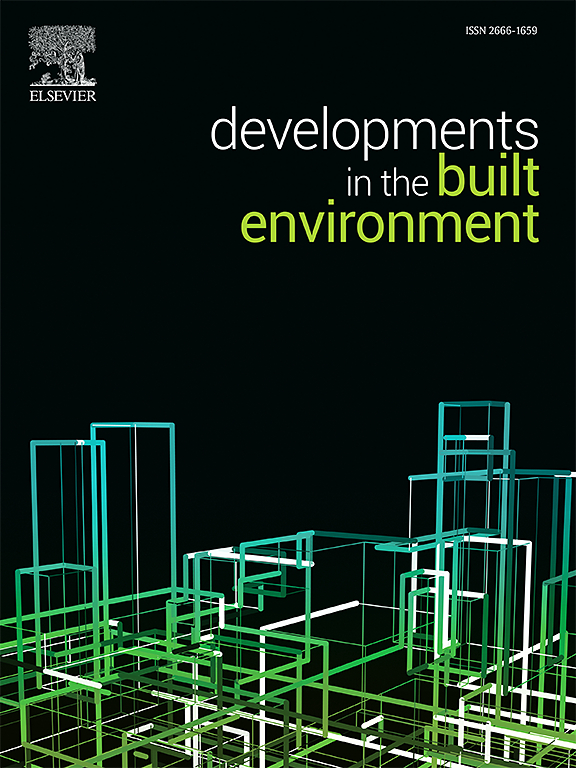On-site measurement-based analysis of temporary negative-pressure isolation rooms in a general hospital
IF 8.2
2区 工程技术
Q1 CONSTRUCTION & BUILDING TECHNOLOGY
引用次数: 0
Abstract
During the COVID-19 pandemic, patient rooms in a South Korean hospital were converted into temporary negative-pressure isolation rooms (TNPIRs) using HEPA filtration units (PHFUs). We analyzed data from three multi-bed TNPIRs under four PHFU conditions, assessing airflow rates, room pressure differentials, HVAC terminals velocities, and sulfur hexafluoride (SF6) tracer gas diffusion paths. Results showed that variability in PHFU performance produced uneven air change rates and pressure imbalances, while unintended airflow persisted through diffusers and grilles despite the central air-handling unit remaining inactive (HVAC). Additionally, tracer gas migrated via multiple routes including the plenum space above the T-bar suspended ceiling system, and some exhausted air re-entered the rooms. To address these issues, we propose real-time monitoring with automated controls and backup PHFUs; testing, adjusting, and balancing (T.A.B.); sealing HVAC terminals or installing backdraft dampers; and improving architectural airtightness. These proposed measures aim to manage airflow, strengthen airborne transmission control, and ensure environmental safety during public health emergencies.
某综合医院临时负压隔离室的现场测量分析
在2019冠状病毒病大流行期间,韩国一家医院的病房使用HEPA过滤装置(phfu)被改造成临时负压隔离室(tnpir)。我们分析了4种PHFU条件下3个多床tnpir的数据,评估了气流速率、室内压差、HVAC终端速度和六氟化硫(SF6)示踪气体扩散路径。结果表明,PHFU性能的变化导致了不均匀的换气率和压力不平衡,而尽管中央空气处理装置(HVAC)处于非活动状态,但意外的气流仍然通过扩散器和格栅。此外,示踪气体通过多个路径迁移,包括t型杆吊顶系统上方的静压空间,一些排出的空气重新进入房间。为了解决这些问题,我们建议使用自动控制和备用phfu进行实时监控;测试、调整和平衡(T.A.B.);密封暖通空调终端或安装回风阻尼器;提高建筑的密封性。这些措施旨在管理突发公共卫生事件中的气流,加强空气传播控制,确保环境安全。
本文章由计算机程序翻译,如有差异,请以英文原文为准。
求助全文
约1分钟内获得全文
求助全文
来源期刊

Developments in the Built Environment
Multiple-
CiteScore
7.40
自引率
1.20%
发文量
31
审稿时长
22 days
期刊介绍:
Developments in the Built Environment (DIBE) is a recently established peer-reviewed gold open access journal, ensuring that all accepted articles are permanently and freely accessible. Focused on civil engineering and the built environment, DIBE publishes original papers and short communications. Encompassing topics such as construction materials and building sustainability, the journal adopts a holistic approach with the aim of benefiting the community.
 求助内容:
求助内容: 应助结果提醒方式:
应助结果提醒方式:


